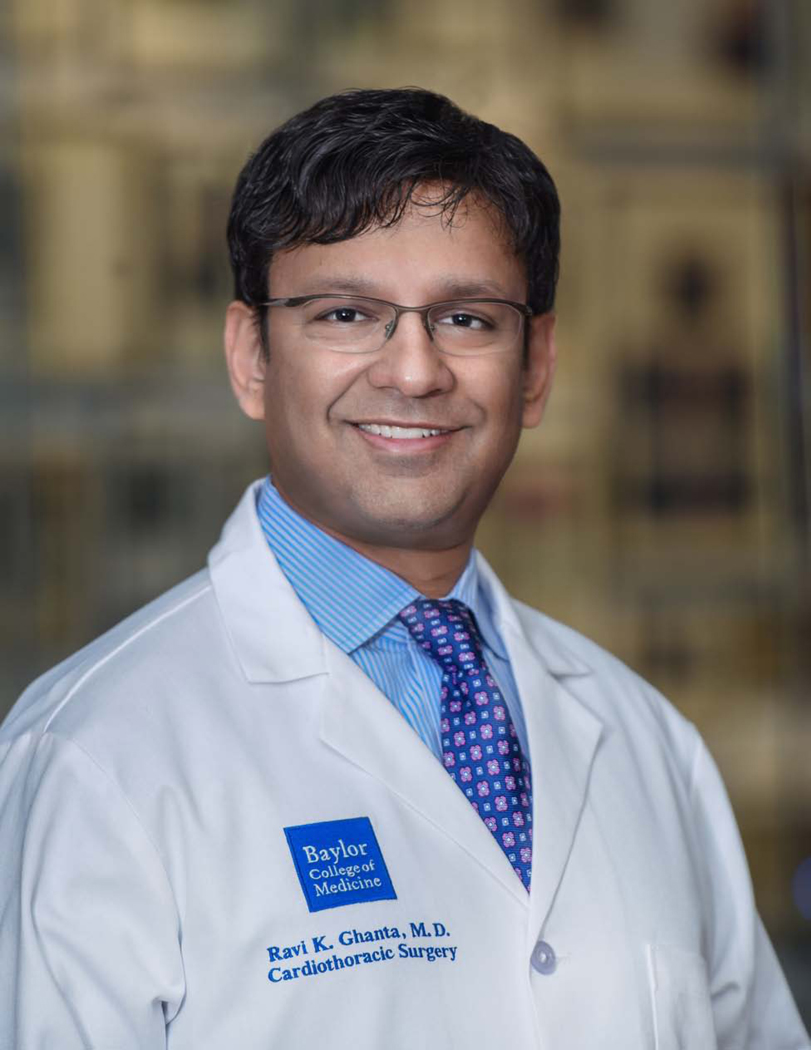Adverse ventricular remodeling remains a significant threat to long-term cardiac function after myocardial infarction (MI), even with timely coronary revascularization. The sequence of changes which follow ischemic insult have been well characterized. The initial cardiomyocyte loss and acute inflammation is followed by complex interplay of cellular, paracrine, and neurohormonal factors that result in chronic fibrosis with maladaptive changes in ventricular geometry.1 A variety of innovative strategies to halt, or even reverse, these changes are under investigation. Shear-thinning hydrogels (STG) exhibit fluid-like properties allowing for potential catheter delivery and in situ self-assembly to prevent infarct expansion and mechanically stabilize injured myocardium.2 Extracellular vesicles (EV) secreted by endothelial progenitor cells (EPCs) play a role in endogenous tissue response to hypoxia, suggesting a potential therapeutic application. EVs are promising because they can be more easily maintained in a clinical environment than cellular therapy, and have been demonstrated to induce neovascularization in ischemic tissue.3 The combination of STG with regenerative therapy, such as EVs, is a rational evolution of this therapeutic strategy and has shown promising preliminary success.
In this issue of the Journal, Chung and colleagues rigorously evaluate the efficacy of combined STG-EV and optimize therapy timing in a preclinical model, a step that is essential in light of critical oversights that plagued clinical trials for angiogenic therapy and stem cell implantation.4,5 First, they establish that cells chronically exposed to hypoxia in vitro exhibit greater uptake of STG-EVs compared to those exposed to only a short period of acute hypoxia. These cells also formed significantly more vascular meshes, an established in vitro assay for angiogenesis.6 This in vitro study establishes a potential rationale for ischemia duration and therapeutic efficacy. They then utilized a rat MI model to compare the in vivo efficacy of STG-EVs administered at different time points after induced MI. Time points were selected to represent the inflammatory (3 hours post-infarct), proliferative (4 days), and fibrotic (2 weeks) phases described after MI.7 The most favorable outcomes with respect to systolic and diastolic function, infarct thickness, and ventricular geometry were seen with STG-EV administration during the proliferative phase at 4 days post-infarct. Given the dense inflammatory cell infiltrate during this phase, it is hypothesized that STG-EVs may confer benefit via an immune-modulating effect that truncates the maladaptive paracrine cascade. Alternatively, structural stabilization and unloading of the weakened left ventricular wall may be attributable to the STG delivery vehicle. This latter explanation is partly supported by the observation that some benefit is observed with injection of STG without the EV component, albeit less than that seen with STG-EV. This is consistent with previously reported benefits of myocardial STG injection immediately after MI in sheep models.2 This benefit may be more pronounced during the proliferative phase, as the myocardium is structurally at its weakest due to the action of matrix metalloproteases from activated inflammatory cells.
Although preliminary, Chung and colleagues demonstrate the promise of a potential acellular trans-catheter therapy that may be more feasible in a clinical environment than other regenerative strategies. Based on the results of this study, other angiogenic therapies may be optimized by appropriate timing. It remains to be seen if the proliferative phase represents the optimal timing for other strategies addressing post-infarct fibrosis and remodeling, such as small molecules, gene therapy, or alternative biomaterials. Investigators of these preclinical therapies would be wise to emulate the methodical approach of Chung and colleagues.
Legend for Central Picture:
Christopher T. Ryan, MD, and Ravi K. Ghanta, MD
Central Message:
The sequence of changes in microenvironment after myocardial infarction may have critical implications for the timing of regenerative therapy
Disclosure:
Authors have nothing to disclose with regard to commercial support
Footnotes
Publisher's Disclaimer: This is a PDF file of an unedited manuscript that has been accepted for publication. As a service to our customers we are providing this early version of the manuscript. The manuscript will undergo copyediting, typesetting, and review of the resulting proof before it is published in its final form. Please note that during the production process errors may be discovered which could affect the content, and all legal disclaimers that apply to the journal pertain.
References
- 1.Bhatt AS, Ambrosy AP, Velazquez EJ. Adverse Remodeling and Reverse Remodeling After Myocardial Infarction. Curr Cardiol Rep. 2017;19(8). doi: 10.1007/s11886-017-0876-4 [DOI] [PubMed] [Google Scholar]
- 2.Rodell CB, Lee ME, Wang H, et al. Injectable Shear-Thinning Hydrogels for Minimally Invasive Delivery to Infarcted Myocardium to Limit Left Ventricular Remodeling. Circ Cardiovasc Interv. 2016;9(10). doi: 10.1161/CIRCINTERVENTIONS.116.004058 [DOI] [PMC free article] [PubMed] [Google Scholar]
- 3.Kholia S, Ranghino A, Garnieri P, et al. Extracellular vesicles as new players in angiogenesis. Vascul Pharmacol. 2016;86:64–70. doi: 10.1016/j.vph.2016.03.005 [DOI] [PubMed] [Google Scholar]
- 4.Chung JJ, Han J, Wang LL, et al. Delayed delivery of endothelial progenitor cell derived extracellular vesicles via shear thinning gel improves post-infarct hemodynamics. J Thorac Cardiovasc Surg. 2019;In Press. [DOI] [PMC free article] [PubMed] [Google Scholar]
- 5.Rosengart TK, Fallon E, Crystal RG. Cardiac Biointerventions. Innov Technol Tech Cardiothorac Vasc Surg. 2012;7(3):173–179. doi: 10.1097/imi.0b013e318265d9f6 [DOI] [PubMed] [Google Scholar]
- 6.DeCicco-Skinner KL, Henry GH, Cataisson C, et al. Endothelial Cell Tube Formation Assay for the In Vitro Study of Angiogenesis. J Vis Exp. 2014;(91). doi: 10.3791/51312 [DOI] [PMC free article] [PubMed] [Google Scholar]
- 7.Ong SB, Hernández-Reséndiz S, Crespo-Avilan GE, et al. Inflammation following acute myocardial infarction: Multiple players, dynamic roles, and novel therapeutic opportunities. Pharmacol Ther. 2018;186:73–87. doi: 10.1016/j.pharmthera.2018.01.001 [DOI] [PMC free article] [PubMed] [Google Scholar]




